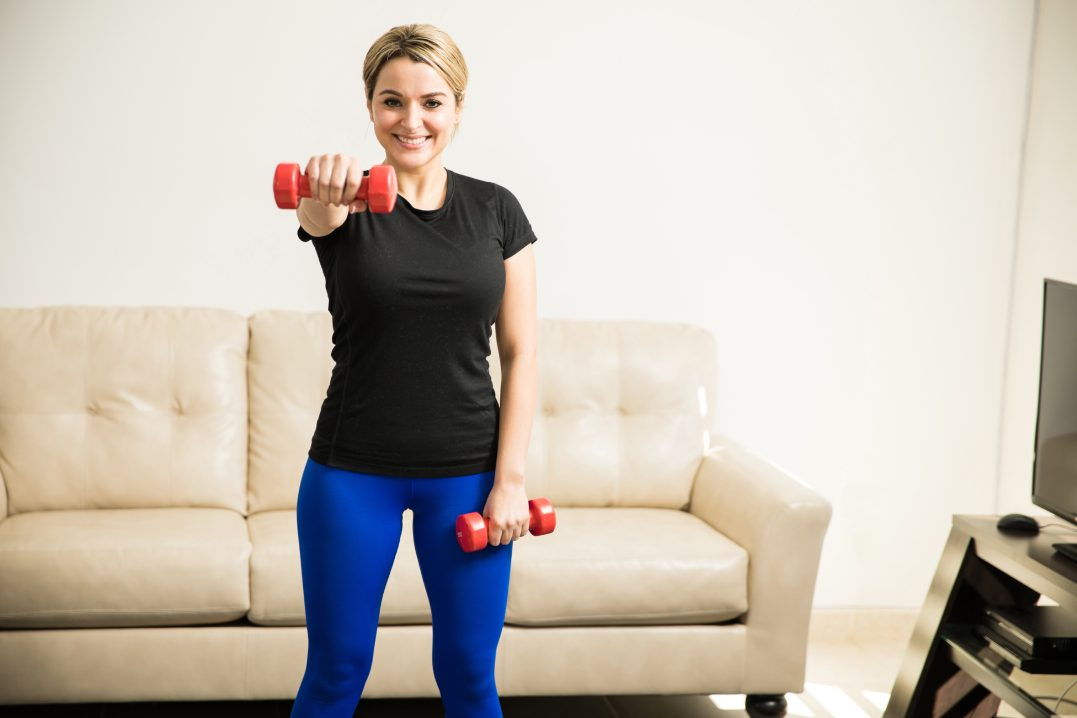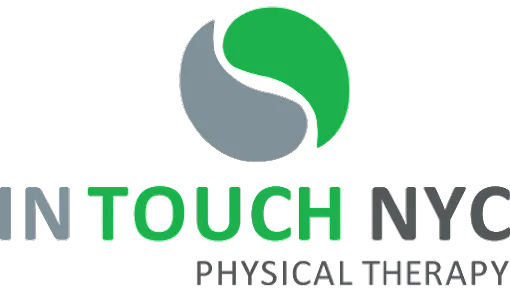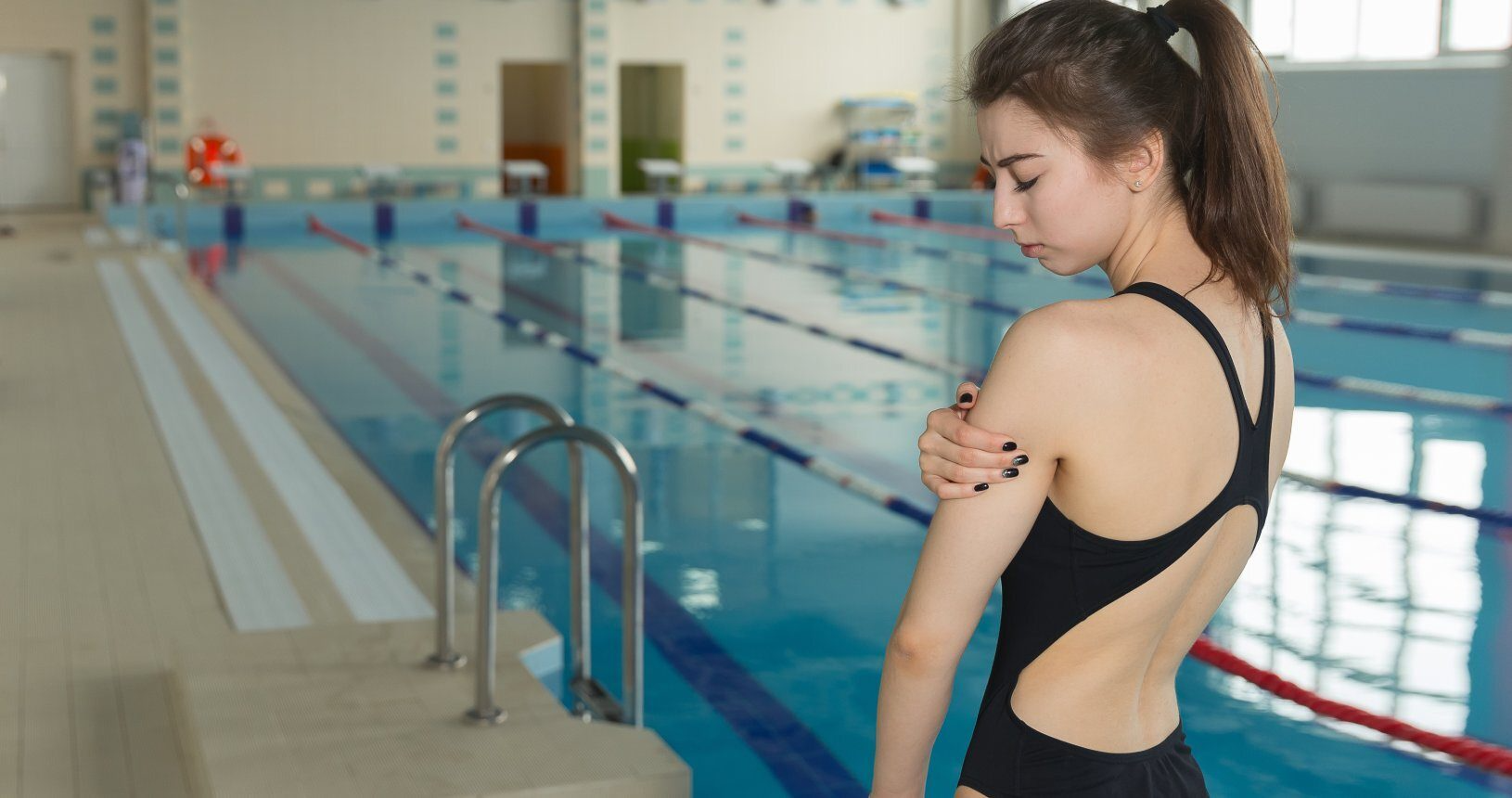Get ready to dive into summer with confidence. Shoulder pain may affect up to 50 percent of the American population, but it does not have to cool down your summer plans. Even if you suffer from shoulder pain, physical therapy can help you to swim (and dive, and run, and play sports and man the grill), without pain. Here is a look at some of the ways that physical therapy can help you participate fully in all your summer activities.
What causes shoulder pain?

Shoulder pain is relatively common, and has the power to keep you out of the pool and away from your daily life. This type of pain has a number of potential sources, but they all result in similar symptoms: Aching or stabbing in the shoulder; clicking, grinding or popping sensations, and discomfort when completing certain movements or activities (Such as swimming laps in the pool).
Underlying these symptoms can be illness, injury or overuse. Whether you are an active athlete, an older adult, a committed professional or a busy parent, shoulder pain can afflict you.
Here are some of the most common causes of shoulder pain:
- Arthritis
- Torn cartilage
- Fractures
- Dislocation
- Bursitis
- Overuse
- Spinal cord injuries
- Bone spurs
- Torn rotator cuff
- Pinched nerve
- Sports injuries
- How does physical therapy alleviate shoulder pain?

Regardless of the cause of your shoulder pain, physical therapy has the tools to help address both the discomfort and, often, its underlying cause. Here are some of the tools a compassionate and skilled physical therapist can use to alleviate your pain, improve your range of motion, strengthen your arm and get you back on the path to health.
Evaluation Of Your Current Condition
Before a physical therapist can treat your shoulder pain, they must identify its underlying cause and evaluate your shoulder. This process often includes evaluating your range of motion, testing the strength in your arm and shoulder, identifying the severity of your pain and pinpointing the location or causes of its discomfort. If necessary, they may also use imaging or other diagnostic tools to identify the reason for your shoulder pain.
During this evaluation, you will also discuss your personal goals regarding the use of your shoulder. If you are a competitive swimmer, your goal may be to get back to a competitive level, while if you are a parent, your goal may be to be able to keep up with the kids in the community pool. These goals will play an important role in how your PT chooses to address your pain.
Tailored Treatment Plans

Once a physical therapist has a thorough understanding of your condition, they can prepare a personalized treatment plan designed to get you back to your daily life, and back into the pool. Fortunately, there are many tools and techniques available to address shoulder pain. Here are a few of the most common types:
Therapeutic Exercises
Therapeutic exercises are exercises you complete with your therapist in the clinic. Their goal is to improve your flexibility, strength and range of motion by targeting important areas of the shoulder, such as the muscles and tendons.
Manual Therapy
Manual therapy involves hands-on treatments designed to reduce pain, eliminate inflammation, improve joint mobility, and boost your range of motion. Examples of types of manual therapy that your PT may use include joint mobilization, soft tissue mobilization, stretching, .
Modalities
In addition to exercises and manual therapy, your physical therapist may choose to treat your shoulder pain with additional treatments known as modalities. These may include any of the following:
- Heat therapy
- Ice therapy
- Electrical stimulation
- Ultrasound
- Laser therapy
- Athletic taping
- Dry needling
- Resistance bands
- Education and Home Exercises

In addition to the work you do in the clinic to improve your shoulder strength and get back in the pool, you will need to complete certain exercises at home. Your physical therapist can provide you with the education and guidance you need to continue your regimen at home. For example, they may discuss these topics with you:
- Postural training
- Body mechanics
- Modifications to your daily habits
- At-home strength-building exercises
Progress Tracking
As you attend physical therapy sessions and complete your at-home exercises, your physical therapist will monitor your progress to ensure that you are meeting your recovery goals. If necessary, they will adjust your plan and your treatment approach to better serve your needs. They will also be available to address any concerns or questions you have as you continue on the path to recovery.
If you want to hit the pool, and all of your summer activities, unhindered by shoulder pain, schedule an appointment at In Touch NYC Physical Therapy. Our compassionate and skilled team is dedicated to setting you up with a personalized treatment plan that strengthens you from the inside out and helps you achieve your goals. Plus, with convenient locations throughout the city, we make it easy to get to your appointments and get back to the pool.



